JAPANESE TEA TIME
JAPANESE TEA
When people say tea in Japan, they are usually referring to green tea, “Ryokucha”, which is the most popular beverage in Japan.
Green tea is consumed all times of the day; with breakfast, lunch and dinner as well as for their tea time breaks accompanied by snacks and desserts.

Green Tea harvesting
Once a year in spring, tea farms all over Japan start picking their first tea leaves. This is called “Shincha”, literally meaning new tea and its harvest takes place around the beginning of May, 88 days,“Hachijyuhachiya, after the beginning of spring in the old Japanese calendar.

The most famous areas for tea cultivation are Uji in Kyoto, Chiran in Kagoshima, and Shizuoka.
The tea harvest starts earlier in Kagoshima in the warmer southern part of Japan and also has a longer harvesting period compared to colder areas.
As Shincha uses the first newly sprouted soft tea leaves from the tea plant, it has a less bitter and almost sweet taste. The tea made from leaves harvested after this is called “Nibancha”, “Sanbancha” (meaning second and third tea) and is often referred to as “Bancha”.
The season of Shincha is a very important season for the tea farms, as this is when they can tell the quality of this year's tea production, and produce the highest quality tea of the year.

Different types of Japanese Tea
In Japan, you would be surprised how many different types of tea there are. Although they derive from the same tea plant, depending on how it is made, people enjoy the subtle differences in flavor and characteristics, and choose what is best suited for each occasion.
Sencha : The most common green tea is Sencha, being 60-80% of green tea produced in Japan. Sencha is made by steaming and rubbing the harvested tea leaves. Depending on how long the steaming process is, there are two types “Asamushicha”, light steamed tea which has a lighter yellow-green color, and “Fukamushicha” well steamed tea which has a green color. Suited well for everyday meals, especially breakfast.

Gyokuro: Gyokuro is the more high-class green tea, being made by shading the tea leaves for more than 20 days before harvest. This extra process makes Gyokuro more expensive than Sencha, and also has a sweeter and rounder taste as well as a darker green color. The tea itself should be made by hot but not boiling water and brewed slowly to bring out its best signature flavor. Suited well for afternoon tea times with sweets.
Matcha: Matcha is made also by the same shading technique as Gyokuro, but instead of rubbing, after the tea leaves are dried, the tea leaves are ground into fine powder. Matcha is made by adding water to this tea powder and whisking it with a special whisk and most often served at a special tea ceremony which requires special training to make the perfect matcha. As Matcha has an intense bitter taste it is mostly served with traditional sweet Japanese desserts.

Bancha : Uses the second or third tea leaves after the Shincha is picked, and often has less sweetness and flavour making it a common tea to drink with everyday meals.
Hojicha : Hojicha has a signature red-brown color and a smoky flavor, made by roasting the tea leaves. It also has very little caffeine and is well suited for families with kids and for drinking in the evening.
Having all the different types and techniques of tea making, you can see how unique and important green tea is to Japanese food culture and how embedded it is to people's everyday life in Japan.



